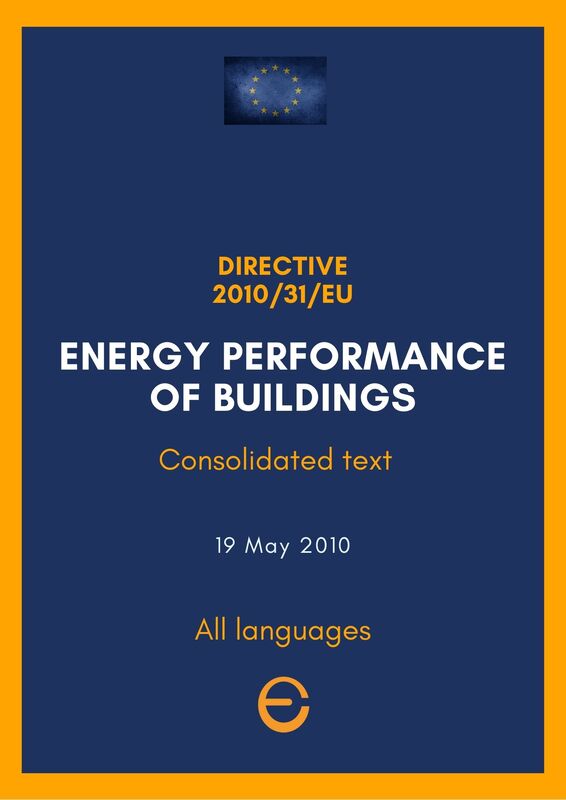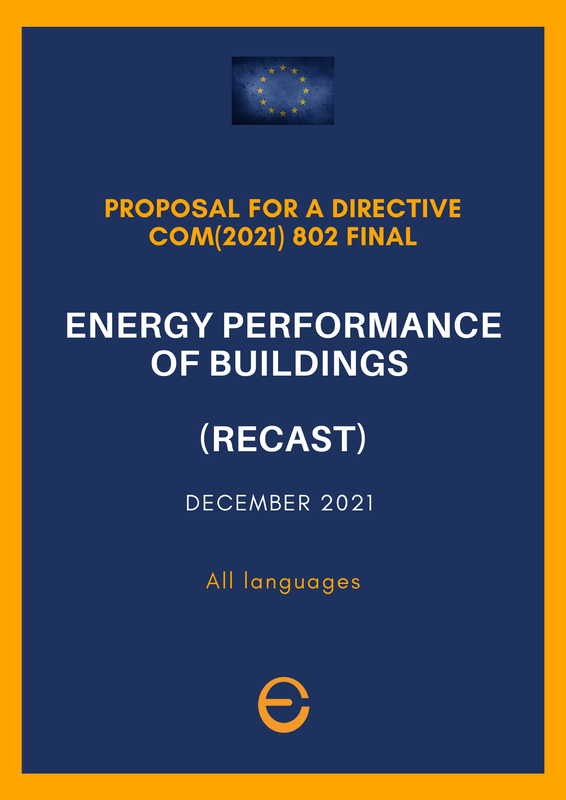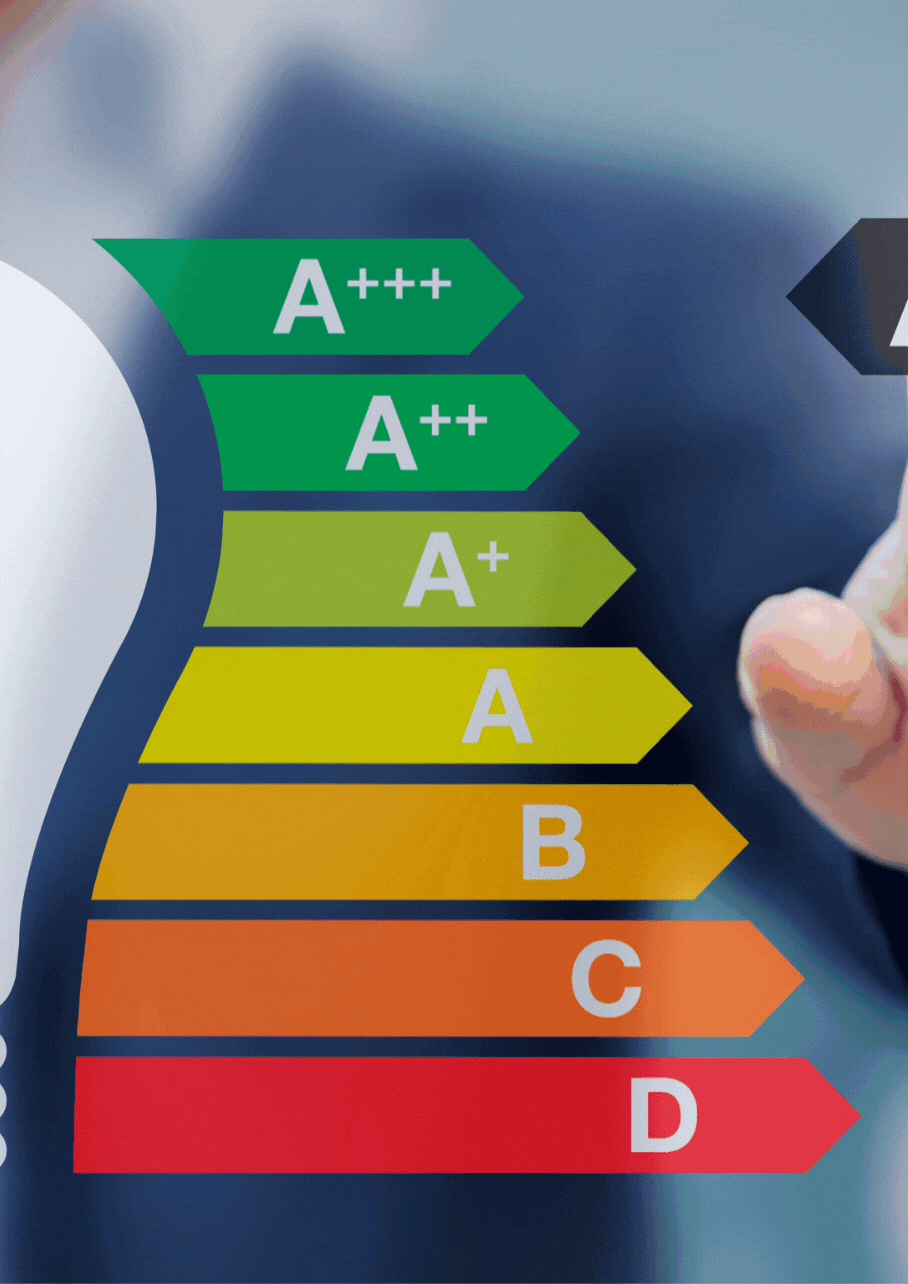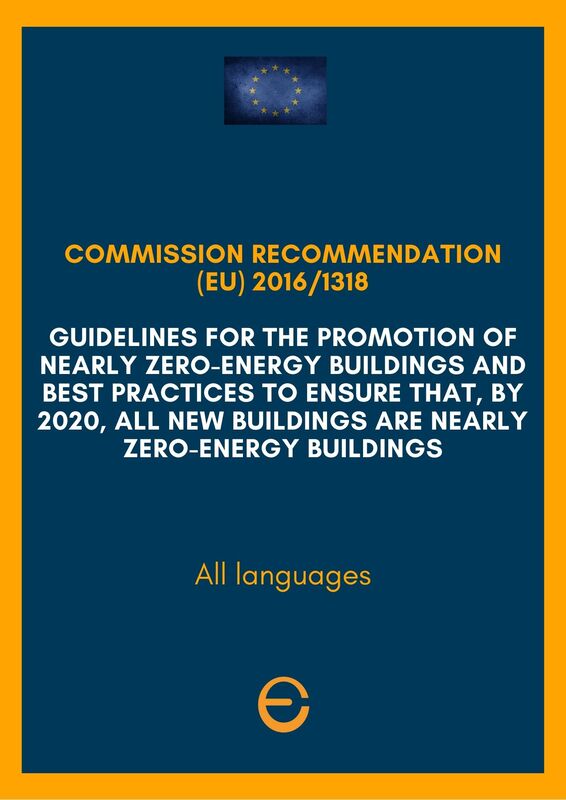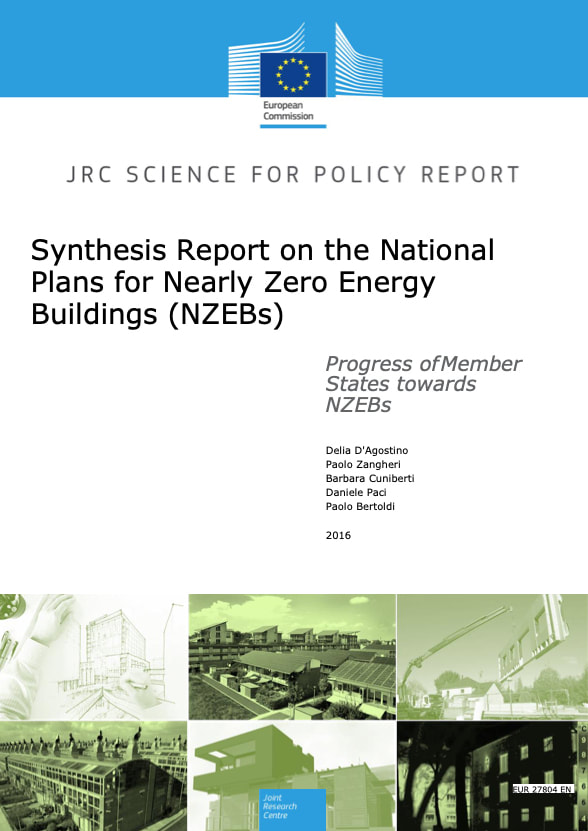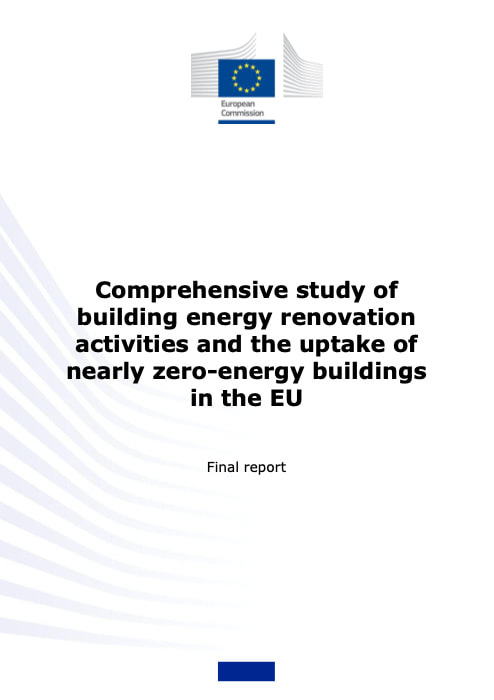Nearly Zero-Energy Buildings
More than twenty years ago, the European Commission presented the first studies on the importance of introducing energy performance of buildings.
The first specific Directive on the Energy Performance of Buildings dates back to 2002, although already in the early 1990s it was mentioned in official documents.
The Directive now in force was modified in 2018 and completed by the Commission Delegated Regulation (EU) 2020/2155 of 14 October 2020.
On 15 December 2021, the Commission presented a proposal to recast this Directive, in order to foresees that as of 1 January 2030, all new buildings, and as of 1 January 2027, all new buildings occupied or owned by public authorities, should be zero-emission buildings.
On 12 March 2024, the European Parliament adopted its position on the Commission's proposal.
Zero-emission building means a building that:
- has a very high energy performance, meeting specific thresholds for its primary energy use
- the very low amount of energy still required is fully covered by energy from renewable sources generated on-site, from a renewable energy community or from a district heating and cooling system using only renewable energy and waste heat
- the net non-renewable primary energy use shall be maximum zero
- must not cause any on-site carbon emissions from fossil fuels
The 2016 Guidelines
|
In 2016, the Commission developed guidelines for the promotion of nearly zero-energy buildings in order to ensure that by 2020, all new buildings are nearly zero-energy buildings. In 2016, the Commission's Joint Research Centre also prepared a synthesis report on the national plans for nearly zero energy buildings (NZEBs). Nearly zero-energy buildings are moreover one of the topics addressed in the Concerted Action EPBD forum and an overview of national applications of the NZEB definitions (2018) is provided. In 2019, a comprehensive study of building energy renovation activities and the uptake of nearly zero-energy buildings in the EU was prepared for the Commission. |
National Plans
Here the nearly zero-energy buildings national plans of the EU countries, where they describe how they intend to increase the number of NZEBs, to comply with the directive.
|
Synthesis of National Plans
In 2016, the Commission's Joint Research Centre also prepared a Synthesis report on the national plans for nearly zero energy buildings (NZEBs). 2018 Overview of National Plans Nearly zero-energy buildings are moreover one of the topics addressed in the Concerted Action EPBD forum and an overview of national applications of the NZEB definitions (2018) is provided. 2019 Comprehensive study
The comprehensive study of building energy renovation activities and the uptake of nearly zero-energy buildings in the EU, by the Commission. |

